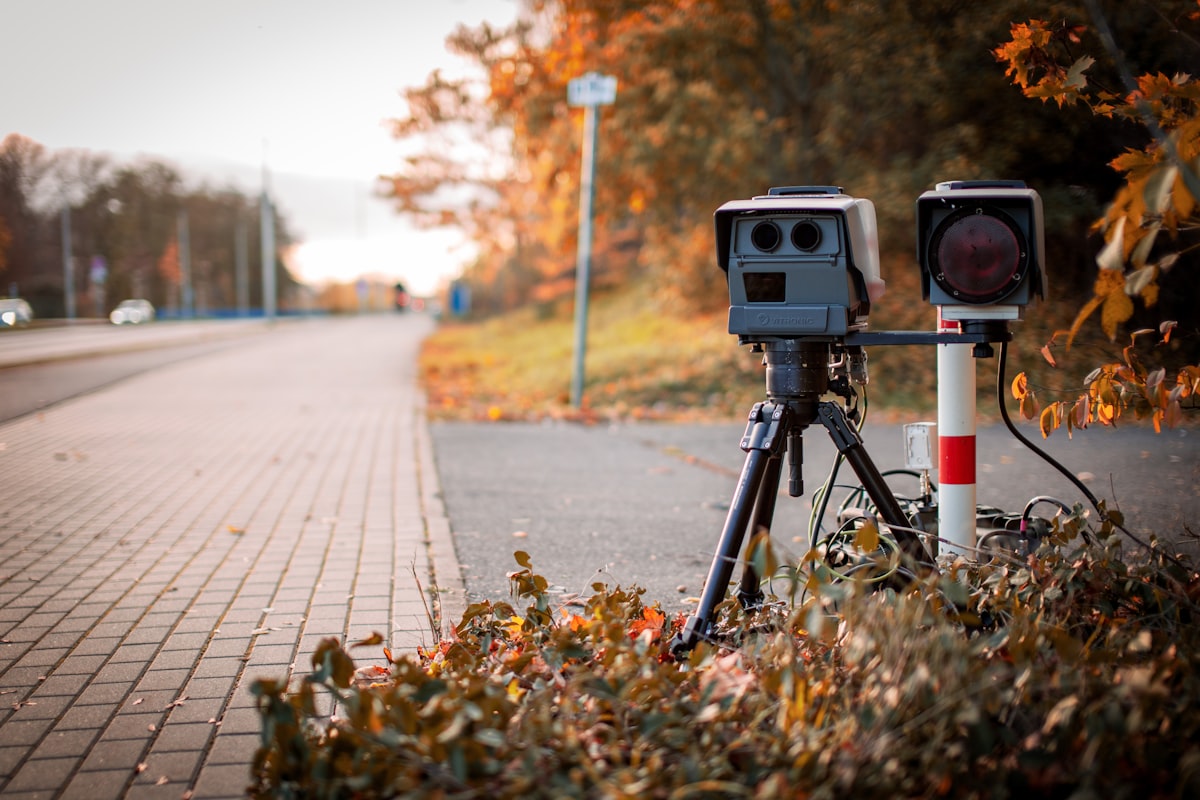Photo-radar is the answer

There was a bit of a storm lately about speeding cameras and I’m flapping my arms saying, uh guys, we need to be talking about cameras on school buses. And patience. My goodness do we need to talk about patience.
What, you didn’t know about school bus cameras? Not inside the buses to check on drivers or unruly students. Outside the bus, affixed to the stop sign on the driver’s side, the one that not only is red, octogonal and says STOP on it but flashes red lights at you to boot.
The message, and I can’t believe this needs saying, is clear. There are kids nearby, you people in other vehicles around the school bus need to stop and wait.
It’s such a problem that those cameras are becoming commonplace everywhere in North America including a few in Ottawa. Apparently six different sets of red flashing lights, and a giant STOP sign, and the presence of small humans are not enough to make us think, huh, maybe I shouldn’t just speed past this?
Am I the only one to think potato launchers would be more efficient?
Second best, I guess, is automatic fine, and potential charges, against miscreants. Those who misbehave around school buses and those who speed through school zones.
Ottawa finally installed four Automated Speed Enforcement cameras (photo radar to you and me) earlier this summer. Two are fixed, two get moved around eight different community safety zones.
Our four cameras became active July 13. By July 31 they had issued nearly 11,000 tickets.
People don’t like to talk money when it comes to speed cameras because the main reason they were outlawed by Mike Harris in the 1990s was that motorists were complaining they were just a cash grab.
People in Ottawa this month made the same point, including one fellow who complained to Mayor Jim Watson on Twitter and you know what Watson said? “Do you speed in school zones? If not you have no worries about getting a ticket Safe travels!”

This is such a lovely answer I’ll forgive him the punctuation lapse. Also? That money is reinvested in road safety programs.
To be fair though, people who say cameras are a trick for cities to make money do have a point. They bring in a lot more money than they cost.
“The average annual cost per Automated Speed Enforcement camera is approximately $23,000. This includes camera installation and operational costs. Based on the average ticket amount, the total amount for the 10,771 tickets issued in July is approximately $1.2 million. This includes court fees and the victim fine surcharge,” Philippe Landry, Director of traffic services told me.
So, to use round numbers because I hate math, four cameras cost us just under $100,000 for the whole year. And in their first three weeks of operation brought in $1.2 million. That’s a lot of money for road safety initiatives. Imagine if we had those cameras everywhere we need people to drive slower. Like, well, everywhere. Either we’d suddenly have budgets for implementing Vision Zero and all the paths Bike Ottawa can dream of or — better yet — people would respect speed limits so as to avoid getting a ticket.
This is our cue for a collective face-palm moment.
Speed limits are not suggestions. They are — once again for those in the back — legal measures limiting the speed at which we are allowed to drive on public roads. It’s illegal to drive faster than the posted speed limit. The fact that historically enforcement has been spotty does not mean we’ve somehow acquired the right to ignore the law.
Same with passing a school bus with all its many lights flashing. Nobody has the right to do that. Not even those who are late for an appointment. It’s against the law. So either we all learn to breathe through the nose, or we live off those who insist on breaking the law.
I’m voting for patience. And safety for all.




